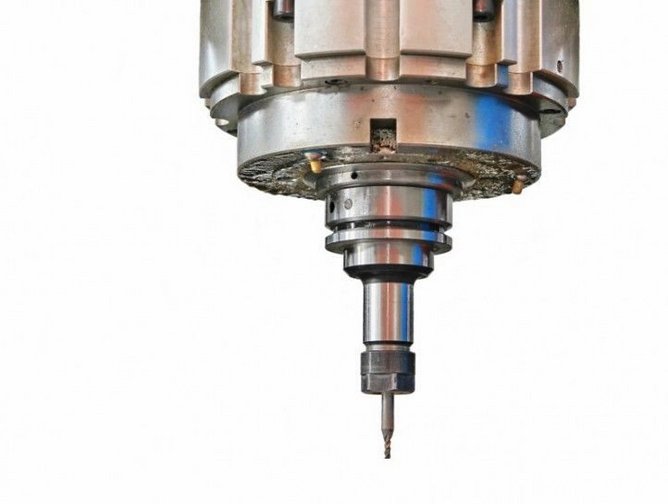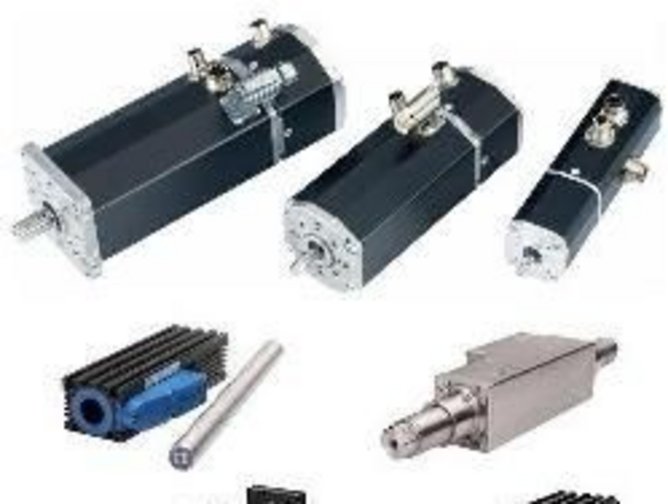Olympus Controls: Offering three levels of solutions to clients
Olympus Controls was created in 1998 when founder and CEO, Scott Hendrickson, was sponsored by Parker Hannifin to start a new Automation Technology Center in the Pacific North West. Hendrickson has established the company to be a successful Automation Technology Center that has achieved its success by focusing on making sure the company delivers innovative designs to their clients. In 2001 when the recession hit, the company was small enough to weather the downturn and nimble enough to grow our business at strategic OEMs. When the economy bounced back, Olympus Controls’ was able to capitalize from their strategic initiatives and most competitors could not react as quickly because they did not make the same levels of investments in their businesses. "For us it was very simple; hire the right people, have them focus on the right accounts, have then engage in the right behavior, and for us that eventually yielded the right results," explains Hendrickson.
Understanding the customer
Olympus Controls employs a unique training program to maintain great customer relations and ensure that its clients are receiving the best service possible. Hendrickson explains that he considers the company’s training program to be a three legged stool, each leg consisting of a valuable area of knowledge. The first is leg of the stool focuses on machine automation technology. When the engineers are fully educated on each technology, they can effectively inform the clients of the benefits of the technology. The second leg focuses on industry knowledge. Hendrickson wants the engineers to be fully trained on the idiosyncrasies of every market they work with so that when they are having conversations with the clients, they can use the same industry lexicon and are already familiar with anything the client may wish to discuss. Hendrickson states, “We spend a lot of time on educating our engineers about the specific key points of each industry that we’re calling on. Really studying those industries to understand what today’s challenges are and what tomorrow’s solutions must look like. Thoroughly understanding these trends allows us to better support our clients.” The third leg of the training stool focuses on account knowledge. In order for Olympus Controls to configure a game plan to capture more market share for each client, they must first have a full understanding of what that company does, who the key people are, what technology they use and what the client’s annual spend is. By instilling these three training techniques in each employee, Olympus Controls has established itself as a valuable resource for both their client and supplier partners.
Disruptive technology
Olympus Controls takes on a different approach towards technology, which makes the company stand apart from its competitors. While many companies focus on sustainable technologies (small incremental improvements to existing technology), Olympus Control focuses on disruptive technologies which are unexpected technological breakthroughs that require organizations to significantly re-evaluate their current way of doing business. “We focus on new and creative ways of looking at our client’s business and making sure we have the technology portfolio that’s going to support them doing business very different from the way that everyone else is doing it,” states Hendrickson. The company must invest a significant amount of time and money to demonstrate how to employ these future technologies today rather than waiting five years when everyone to start using them.
Hendrickson explains that the challenges with disruptive technologies lie in using judgment and intuition to determine which technologies are going to be truly successful and which ones only have immediate attention upon release because of the hype about them. However, in all of their decision making towards new technology, Olympus Controls ensures that they are introducing technology to their clients has been fully vetted so that what the client is not adopting anything before it has had all the kinks worked out.
Some of the recent technologies that Olympus Controls has been focusing on are intelligence conveyance systems, 3D vision, and collaborative robots. The collaborative robots demonstrate innovative technology that enables the robots to work side by side with employees without the safety risk that has existed in the past. Previously, robots were programmed to make moves as fast which resulted in very high forces and no way to detect if something interrupted the motion along the programmed path. Because of this, they had to be separated from employees with the use of safety cages. These new collaborative robots, or “cobots”, have dual feedback systems that can detect when something gets in its path and consequently lowers the power of the robot, thus creating a workplace safe for cobots and people to work together.
Offering three levels of solutions
Olympus Controls initially began as a company that offered only Component level solutions, drop shipping products from their supplier partners to their clients for them to assemble. Over the last several years many companies have downsized their own Technician and Engineering teams to the point they no longer have the ability to assemble these components themselves and have begun requesting that Olympus Controls provide that value-add service. The company shifted from just offering components to offering Sub-Systems where we assembled everything together for the clients that requested it. Even more recently, the clients began requesting that Olympus Controls provide all the design, build services to deliver complete Systems for their unique applications.
“What separates us from other integrators is we will only provide these Systems services as an extension of our Components and Sub-Systems business. The one thing that makes us very unique is that we can offer three levels of solutions,” explains Hendrickson. Not only does the company offer three levels of solutions, but they let the client decide how involved they would like Olympus Controls to become in their design process. This option is very unlike most other companies who only offer one level of solution, Olympus Controls offers all three. Hendrickson states, “It’s not one size fits all; we listen to our client then morph into what they want.”
Olympus Controls engages in an annual strategic planning process where they dissect their business into 6 different elements and takes a close look at each element to determine how they can improve upon them. Additionally, they also utilizes both LEAN and Kaizen processes as part of their continuous improvement and quality initiatives. "Typically when you look at process flow you look at it from start to finish. We have found it helpful to flip the process upside-down and look at the process backwards. With this approach if forces you to break the paradigm and find many creative ways to eliminate waste out of the process.” Hendrickson continues, “When you go through a LEAN process backwards and it’s a unique way of solving old problems” It is this variety and quality of solutions Olympus Controls offers to its clients has had a huge impact on separating them from other companies in the industry.





